 Amongst the earliest attempts at Vietnamese creative writing in quốc ngữ was a collection of folk tales entitled Chuyện đời xưa published in 1876 by Trương Vĩnh Ký (1837-1898), editor of Việt Nam's first French-sponsored quốc ngữ newspaper, the Sài Gòn-based Gia Định Báo. This work was followed in 1887 by the publication, also in Sài Gòn, of a rather rudimentary short story by Nguyễn Trọng Quản entitled Truyện thầy Lazaro phiền ('The Story of Sad Teacher Lazaro').
Amongst the earliest attempts at Vietnamese creative writing in quốc ngữ was a collection of folk tales entitled Chuyện đời xưa published in 1876 by Trương Vĩnh Ký (1837-1898), editor of Việt Nam's first French-sponsored quốc ngữ newspaper, the Sài Gòn-based Gia Định Báo. This work was followed in 1887 by the publication, also in Sài Gòn, of a rather rudimentary short story by Nguyễn Trọng Quản entitled Truyện thầy Lazaro phiền ('The Story of Sad Teacher Lazaro').
Between 1907 and 1909 pioneering Hà Nội journalist Nguyễn Văn Vĩnh (1882-1936) translated and published numerous foreign short stories and drama scripts in his newspaper Đăng cổ tùng báo, but perhaps the most important catalyst in the propagation of western cultural ideas was the northern cultural magazine Đông Dương tạp chí (Indochina Review), launched by Vĩnh in 1913, which not only showcased western literature in translation but also provided an important platform for the work of aspiring quốc ngữ writers, thereby laying the essential groundwork for the acceptance of quốc ngữ as a bone fide literary medium.
In the years which followed, the novels of leading French writers such as Balzac, Hugo, Flaubert, Rolland, Gide, Pascal, Malot, Molière and Corneille became increasingly available in translation, contributing to a growing popular interest in prose literature. In 1917 a rival Sài Gòn-based cultural magazine known as Nam phong tạp chí ('South Wind Journal') was launched by Phạm Quỳnh (1890-1945), though much of the work featured in this publication remained heavily influenced by Chinese literature. Perhaps more significant in terms of the development of new Vietnamese writing was the role of Phụ nữ tân văn (Women's News), Việt Nam's first influential women's periodical, which was established during the early 1920s and devoted much of its column space to creative writing in quốc ngữ, serving as a significant forum for the development of modern literature in both content and form.
Việt Nam's first home-grown novel was Hoàng Tố Anh hàm oan ('The Unjust Suffering of Hoàng Tố Anh'), written by Trần Chanh Chiểu and published in Sài Gòn in 1910. Other works quickly followed, including Ai làm được? ('Who Can Do It?', 1919) and Ngọn cỏ gió đùa ('The Playing of the Wind', 1926) by Hồ Biểu Chánh, Tố tâm ('Pure Heart', 1925) by Hoàng Ngọc Phách (1896-1973), Dưa đỏ ('Watermelon') by Nguyễn Trọng Thuật and several short stories by Nguyễn Bá Học and Phạm Duy Tôn.
However, not until the 1930s did there develop a truly satisfactory language for modern prose writing, in particular the capacity to handle vocabulary and syntactic structures. Literary historians and critics alike have emphasised the great contribution made to this process by the Hà Nội-based Tự Lực Văn Đoàn (Self Reliance Literary Group), established in 1932 by Nhất Linh (Nguyễn Tường Tam, 1906-1963) and Khái Hưng (Trần Khánh Giư, 1896-1947), which published many important literary works in its popular weekly journals Phong hóa ('Customs and Mores', 1932-1935) and Ngày nay ('Today', 1935-1940).
The beginnings of modern Vietnamese poetry may be traced back to the early years of the twentieth century when poet Tản Đà (1888-1939) began to experiment with irregular verse lengths, signalling the first serious attempt to break away from the classical model. During the 1930s, under the direct influence of works by early 20th century French poets such as Mallarmé, Musset, Baudelaire, Valéry and Chateaubriand, Tản Đà's pioneering work was taken a step further by the New Poetry Movement (Phong trào Thơ mới), which was established in Hà Nội in 1932 by Thế Lữ (Nguyễn Thứ Lễ, 1907-1989) to forge a new literary direction free from the strict rules of Chinese poetry. Thế Lữ himself later devoted his life entirely to drama, but his work laid the groundwork for a whole new generation of poets who demanded freedom both in form and content. Thereafter the work of leading lights in the New Poetry Movement such as Xuân Diệu (1917-1985), Lưu Trọng Lư (1912-1991), Huy Cận (b 1919), Phạm Huy Thông (1916-1988), Chế Lan Viên (1920-1988), Tế Hanh (Trần Tế Hanh, b 1921) and pioneering female poet Anh Thơ (Tuyết Anh, b 1921) gave free expression to their inner emotions and feelings, rejecting the symbolism and strict rules of Chinese-style classical verse.
By this time a powerful current of realism was also developing under the growing ideological influence of the Communist Party. By the late 1930s revolutionary literature was flourishing, as evidenced by the novels of Ngô Tất Tố (1894-1954) and Nguyễn Công Hoan (1903-1977) and the short stories of Nam Cao (1917-1951) and Nguyễn Hồng (1918-1982), which vividly described the trials and tribulations of the peasantry at the hands of oppressive government officials. A new and militant style of poetry also emerged at this time, its chief exponent being Tố Hữu (1920-2002), whose famous work Việt Bắc was later awarded First Prize by the Việt Nam Literature and Arts Association.
Thereafter many writers joined the struggle for independence. In the field of poetry established names from the pre-war period such as Xuân Diệu, Huy Cận, Chế Lan Viên, Tế Hanh and Anh Thơ repudiated their earlier work and turned their pens in support of the revolution. They were joined by many others, most noteworthy being Đoàn Văn Cừ (b 1913), Hữu Loan (b 1916), Nguyễn Bính (1918-1966), Quang Dũng (1921-1988), Xuân Miễn (Hải Phong, 1922-1990), Trần Dần (1926-1997), Hồ Khải Đại (Hồ Nam, b 1926) and Tạ Hữu Yên (Le Hữu, b 1927). Meanwhile revolutionary prose literature continued to flourish with the work of Nguyễn Huy Tưởng (b 1912-1960), Bùi Hiển (b 1919), Tô Hoài (b 1920), Nguyễn Văn Bổng (b 1921), Kim Lân (b 1921), Chu Văn (1922-1994), Thanh Châu (b 1922), Nguyễn Đình Thi (1924-2003), Nguyễn Siêu Hải (b 1926), Vũ Tú Nam (b 1929) and Phùng Quán (b 1932-1995), who wrote of the patriotism and self-sacrifice required to overthrow a brutal colonial regime.
Several leading writers lost their life at the front during the final struggle with the French, including poets Hoàng Lộc (1920-1949) and Thâm Tâm (1917-1950) and novelists Trần Đăng (1921-1949) and Nam Cao (1917-1951).



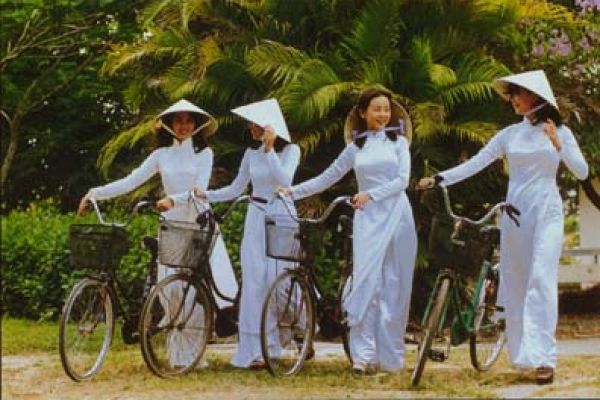

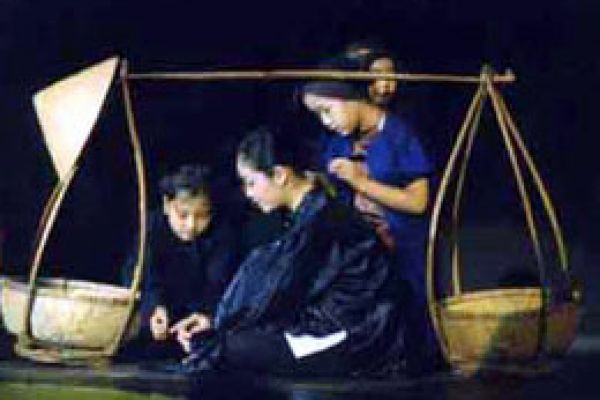

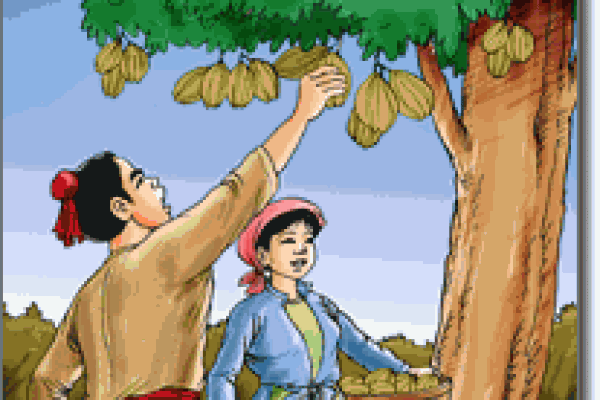

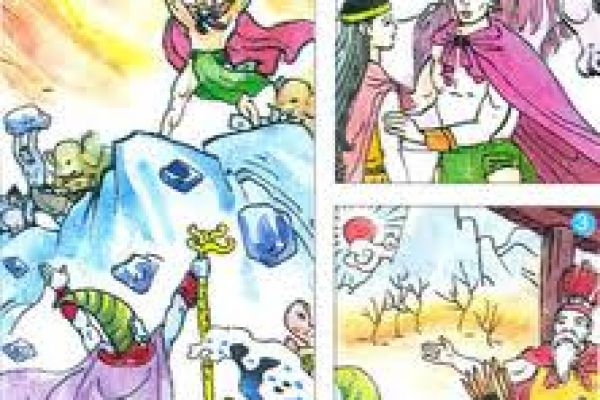
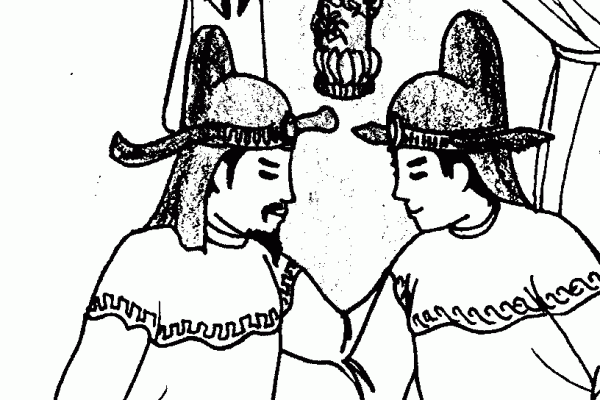



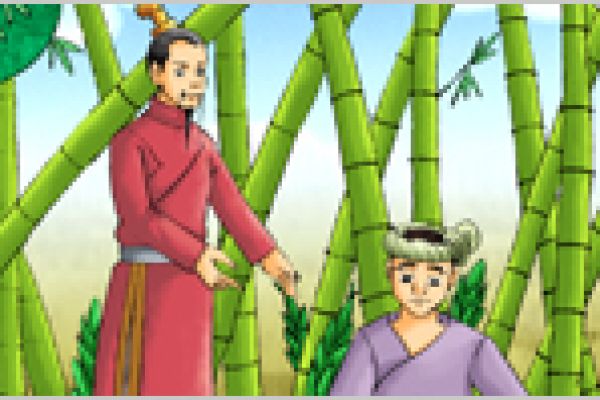
 Tags:
Tags: 